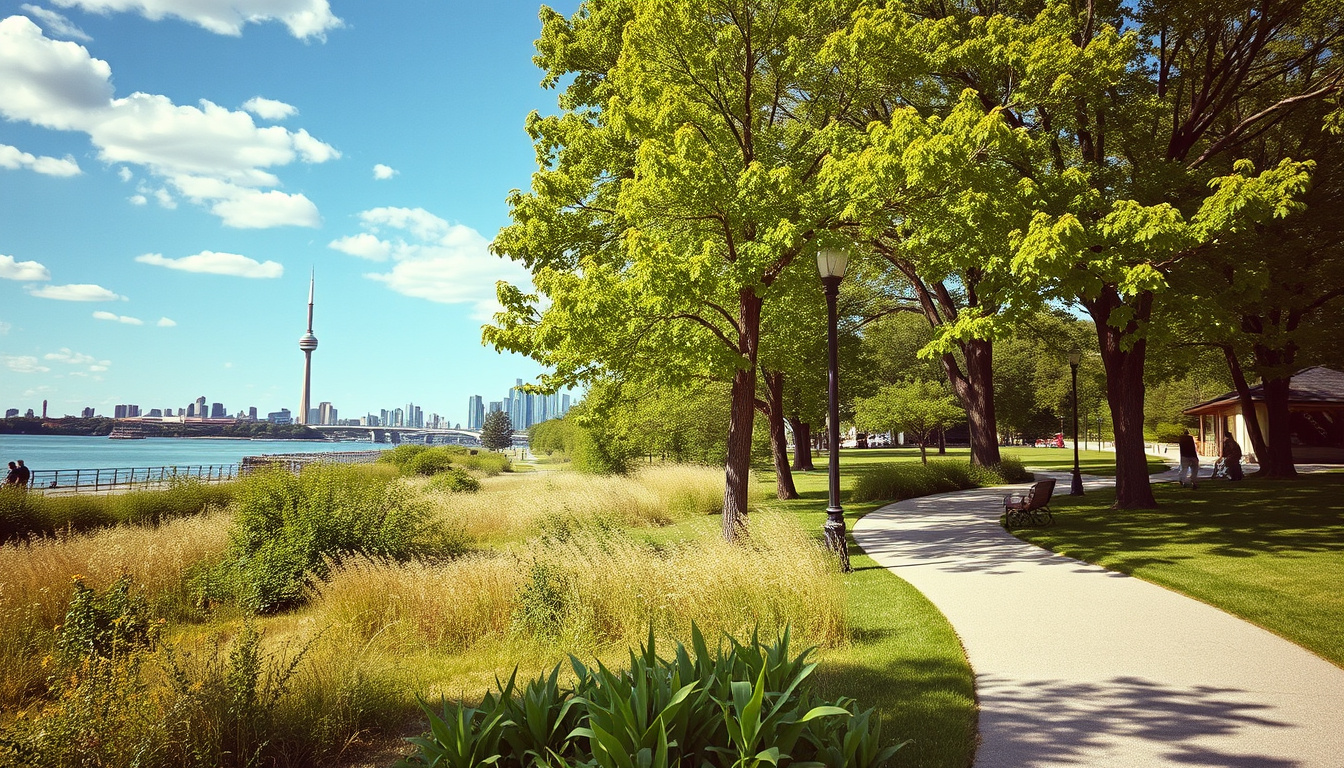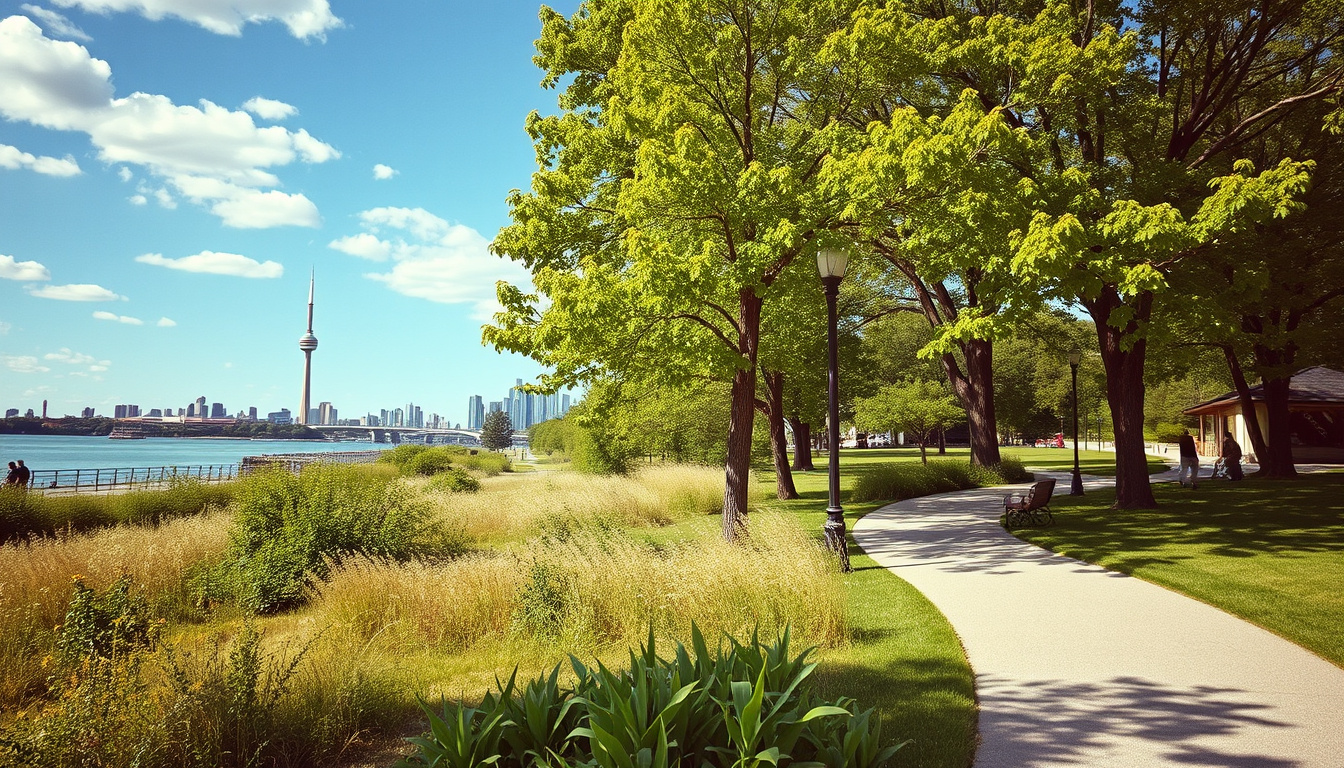Toronto’s landscape is a vibrant tapestry of natural beauty and urban development, but perhaps none are as remarkable as the transformation of the Leslie Street Spit into a thriving ecosystem. Once envisioned as a site for port facilities, this artificial peninsula has evolved dramatically since its inception in 1959, becoming a critical habitat for diverse wildlife and a beloved recreational destination for nature enthusiasts. In this article, we will delve into the history of Leslie Street Spit, its ecological impact, and the ongoing conservation efforts that continue to shape its landscape, showcasing how human intervention can yield extraordinary environmental benefits.

Key Takeaways
- Leslie Street Spit, originally developed for port facilities, has evolved into a thriving natural habitat and urban park.
- The Spit’s expansion has created diverse ecosystems and increased local wildlife populations, making it a valuable area for recreation and nature observation.
- Ongoing management and conservation efforts continue to enhance the ecological success of Leslie Street Spit while keeping local waterways clear.
A Historical Overview of Leslie Street Spit
Leslie Street Spit, an intriguing artificial peninsula in Toronto, has a rich historical narrative that reflects humanity’s interaction with nature. Initiated in 1959 by the Toronto Harbour Commissioners, the Spit was originally intended to support port facilities through the landfill generated from dredging operations in the city’s harbor. However, over the decades, this planned expansion has evolved into an unexpected sanctuary for wildlife and a recreational haven for residents. Spanning five kilometers into Lake Ontario and encompassing over 500 hectares, Tommy Thompson Park, situated on the Spit, showcases a stunning variety of ecosystems, including wildflower meadows and coastal marshes, fostering biodiversity and attracting nature enthusiasts.
Significant land expansions from 1974 to 1983 involved the addition of approximately
6.5 million cubic meters of sediments, which further enhanced the area by creating new lagoons and peninsulas. Today, PortsToronto manages the ongoing dredged materials from nearby rivers, using them strategically to maintain navigable waterways. These materials are deposited within containment cells at the Spit, transforming them into productive ecological zones. For instance, Cell 1 has successfully evolved into a vibrant coastal wetland, while Cell 2 has been capped for further development into wildlife habitats. As for Cell 3, it remains operational as a site for future dredged material disposal.
The ecological transition of Leslie Street Spit signifies a restoration success story; recent years have witnessed a marked increase in local fish populations, thanks to the diverse habitats created in the park. Utilizing tools like Google Earth Timelapse, visitors and researchers alike can visualize the stunning transformation of the site from 1984 to 2022, underscoring the profound environmental changes that have taken place. This article not only highlights the impressive history and ecological importance of Leslie Street Spit but also emphasizes the ongoing conservation efforts that ensure its future as a vital resource for both wildlife and the local community.
Ecological Impact and Conservation Efforts
The success of the Leslie Street Spit as a thriving ecosystem has spurred various conservation initiatives aimed at preserving its natural habitats and enhancing biodiversity. Collaborations between local organizations, such as the Toronto Region Conservation Authority and various volunteer groups, have led to extensive habitat restoration projects. These efforts involve planting native vegetation, cleaning up the site, and conducting regular ecological monitoring to bolster wildlife populations. Furthermore, public education programs are fostering a deeper understanding of environmental stewardship among local communities, inviting residents to engage in citizen science projects that track bird migrations and aquatic life trends in the area. This participatory approach not only strengthens community ties but also encourages greater awareness and appreciation for this unique natural environment, ensuring that the Leslie Street Spit continues to thrive for future generations.





